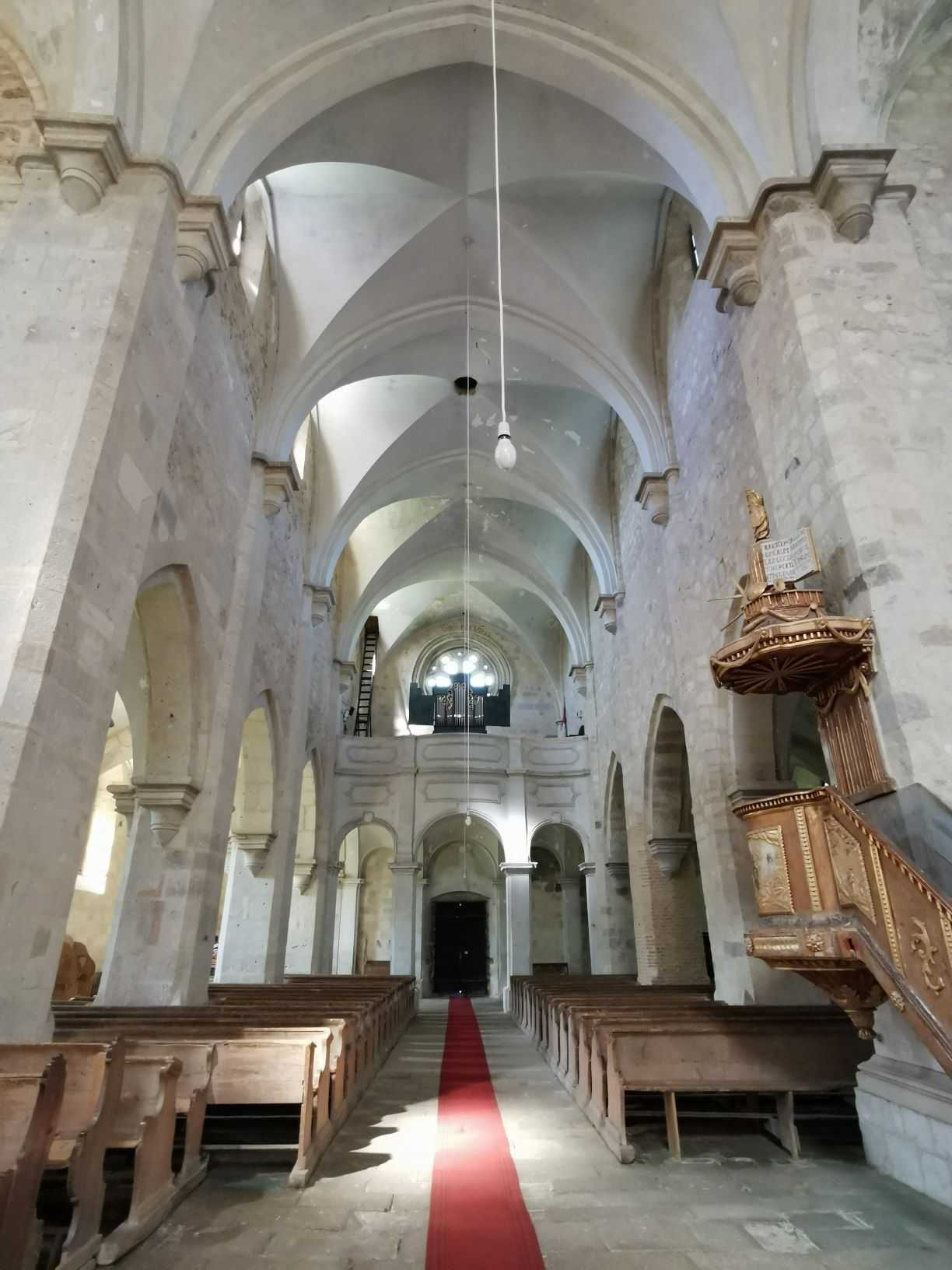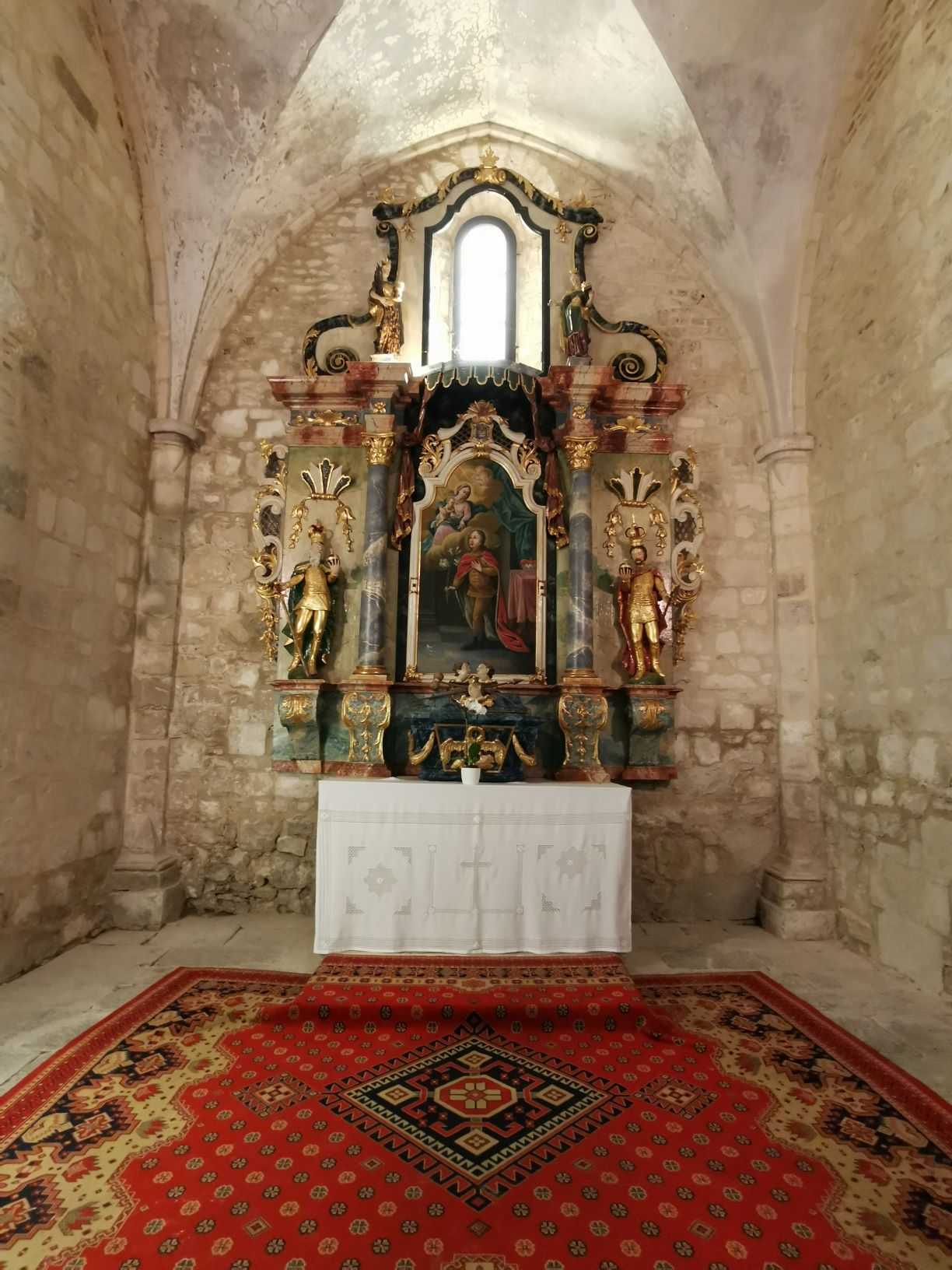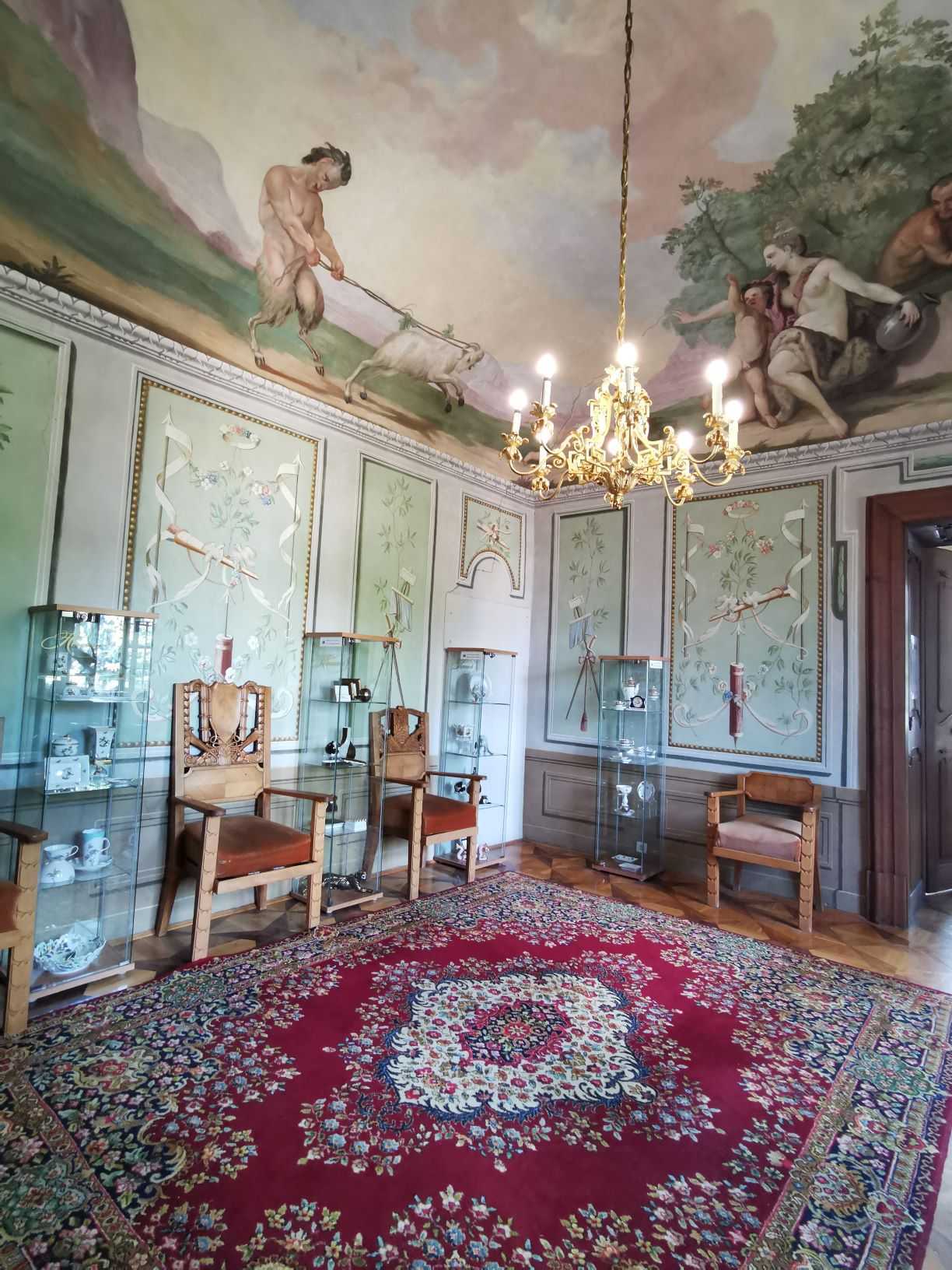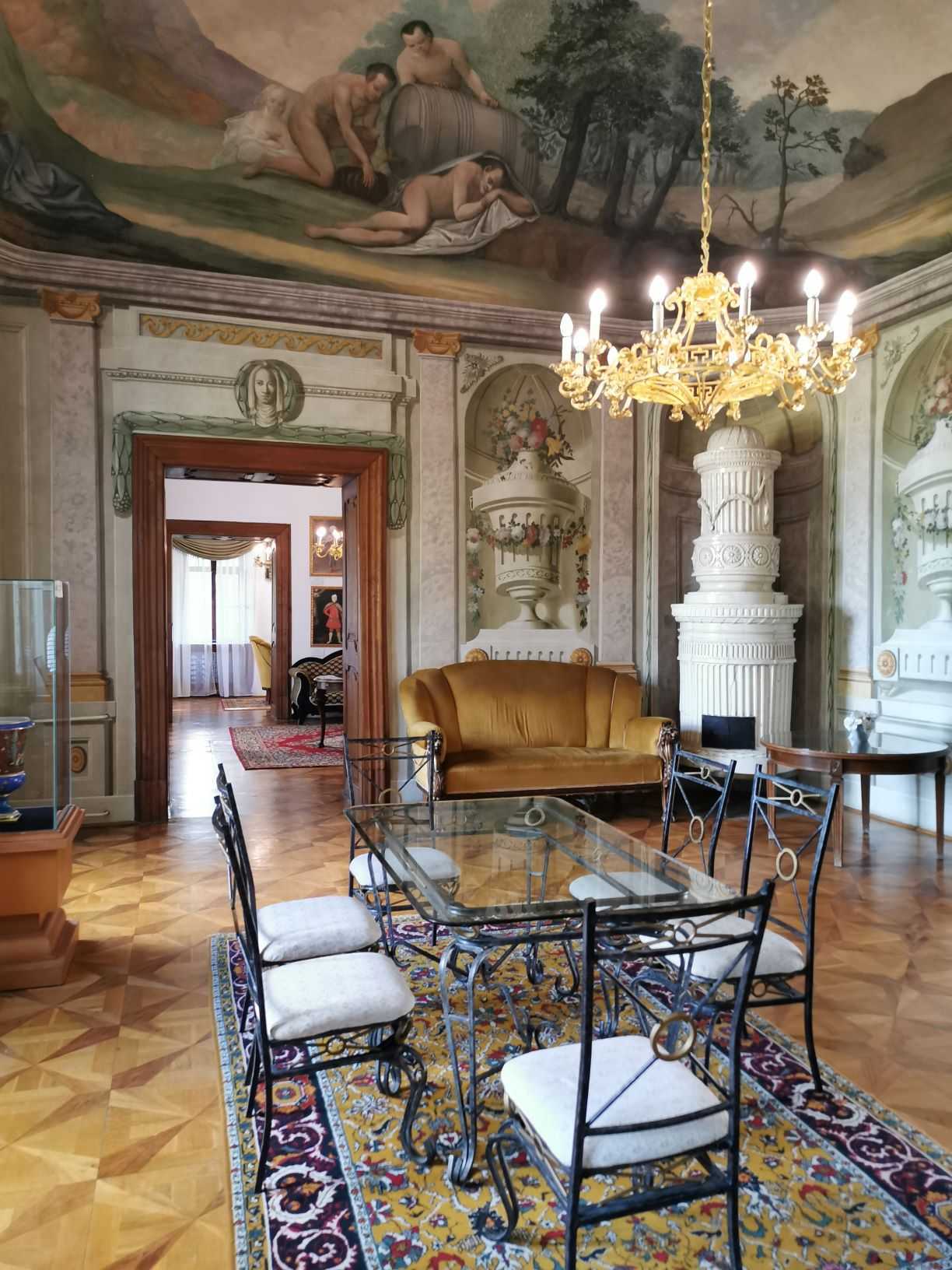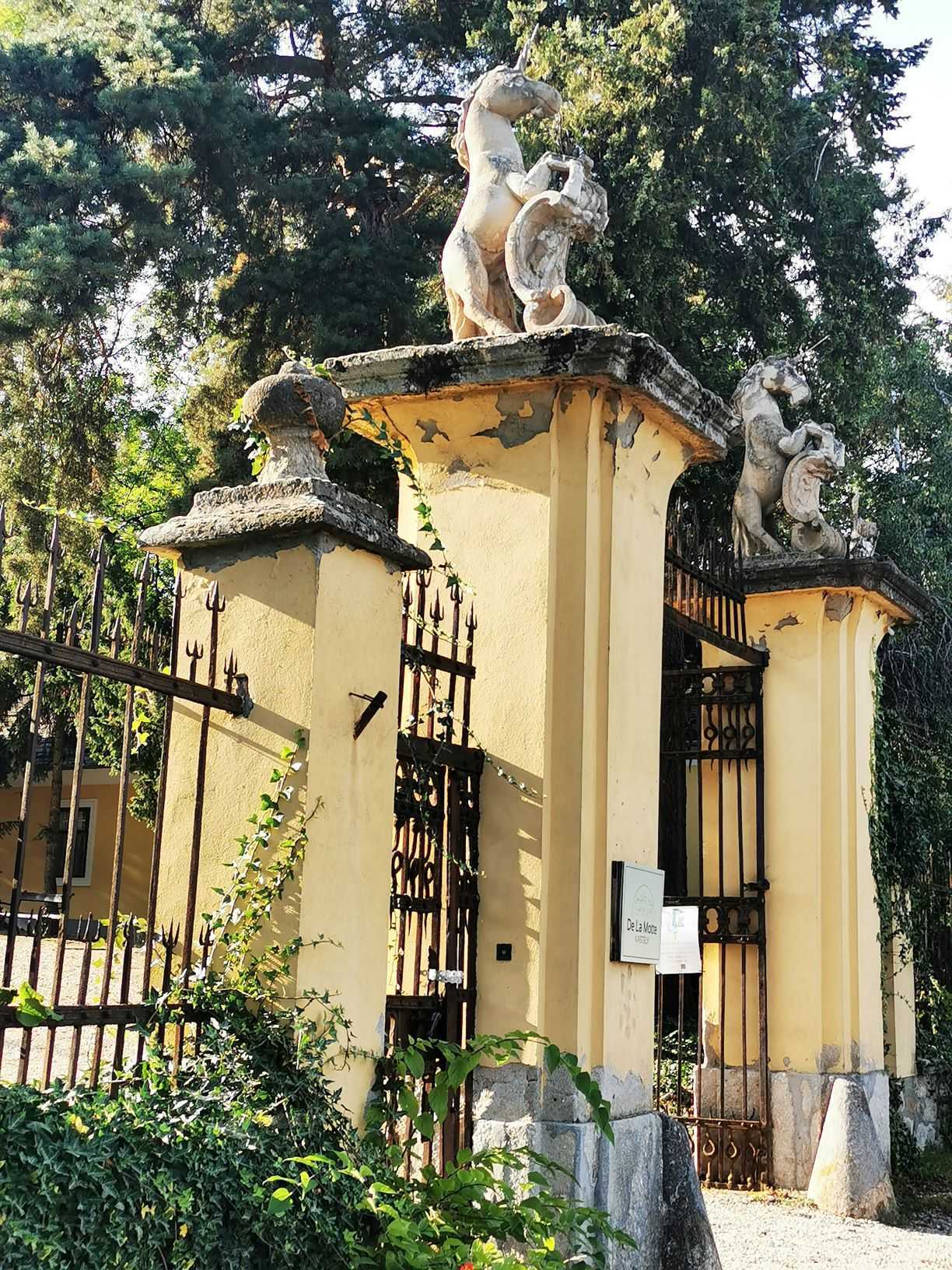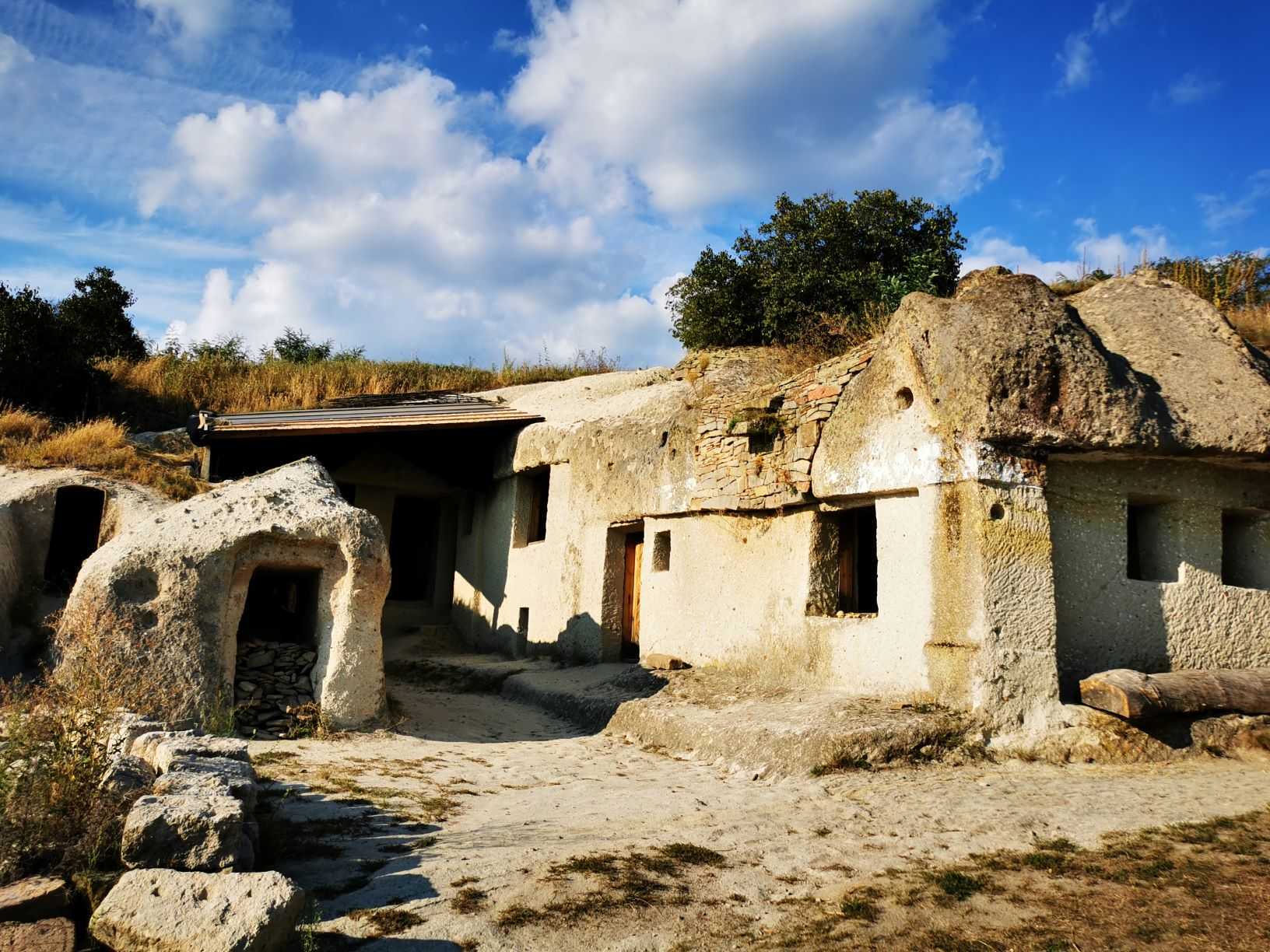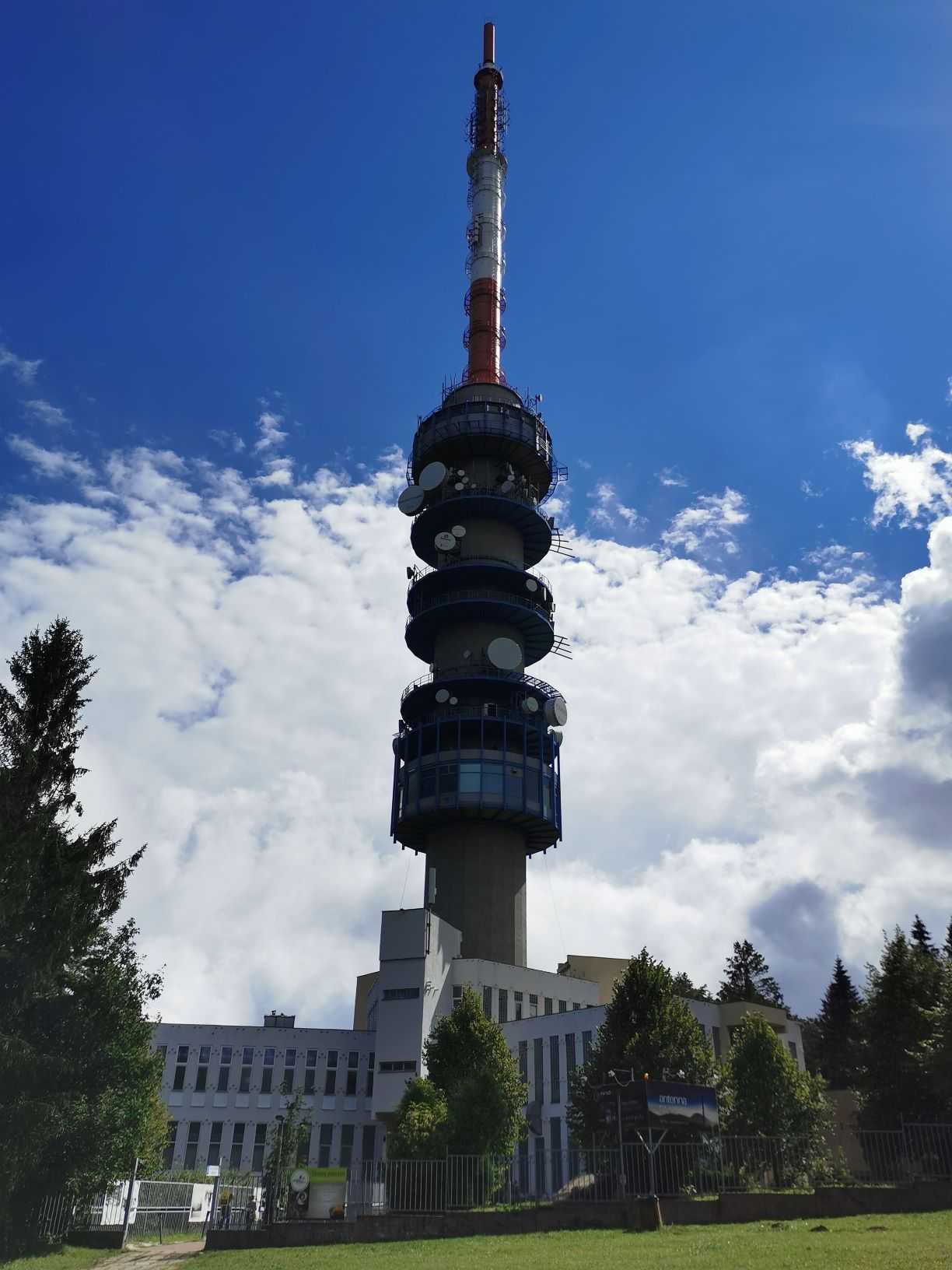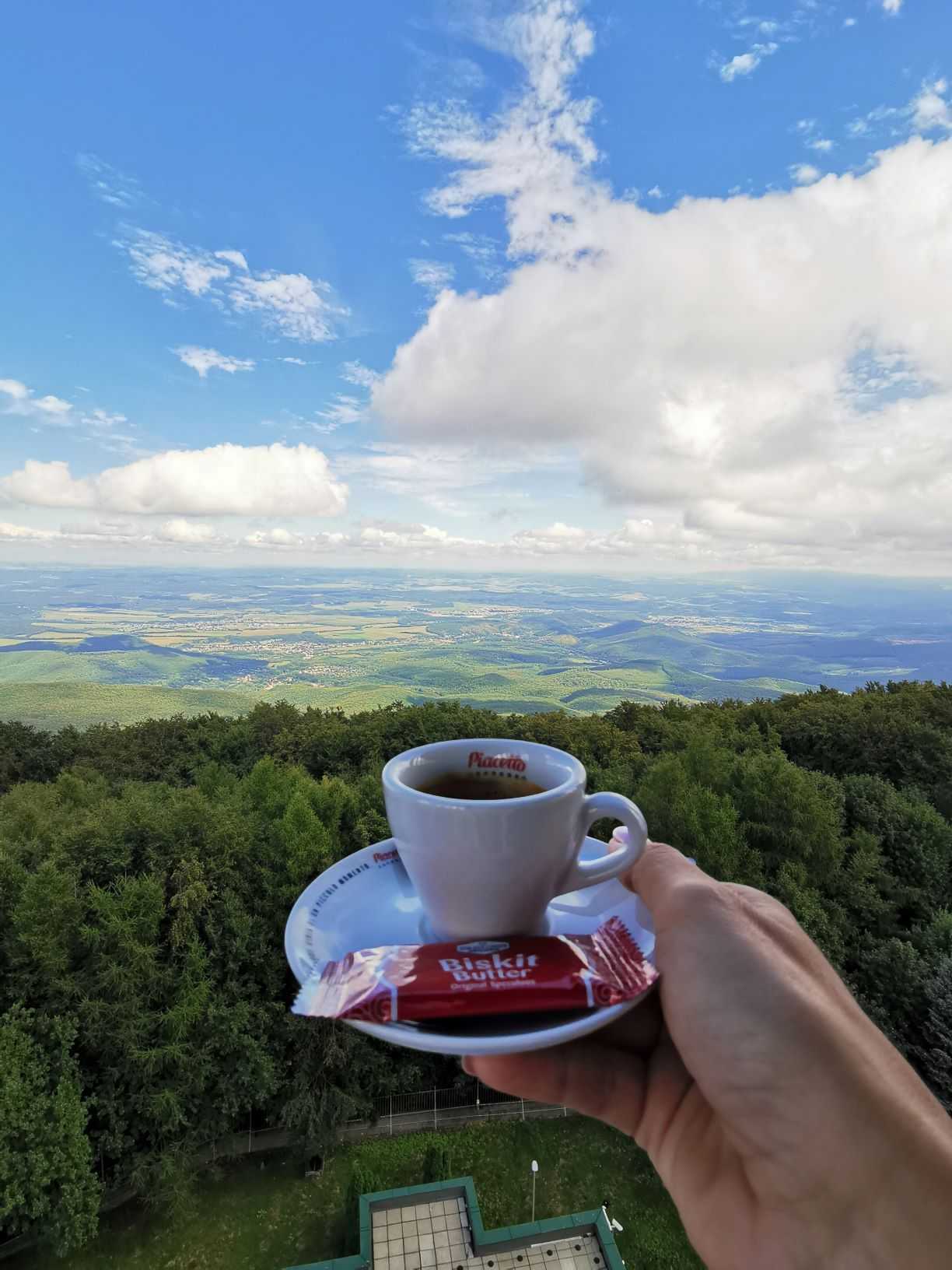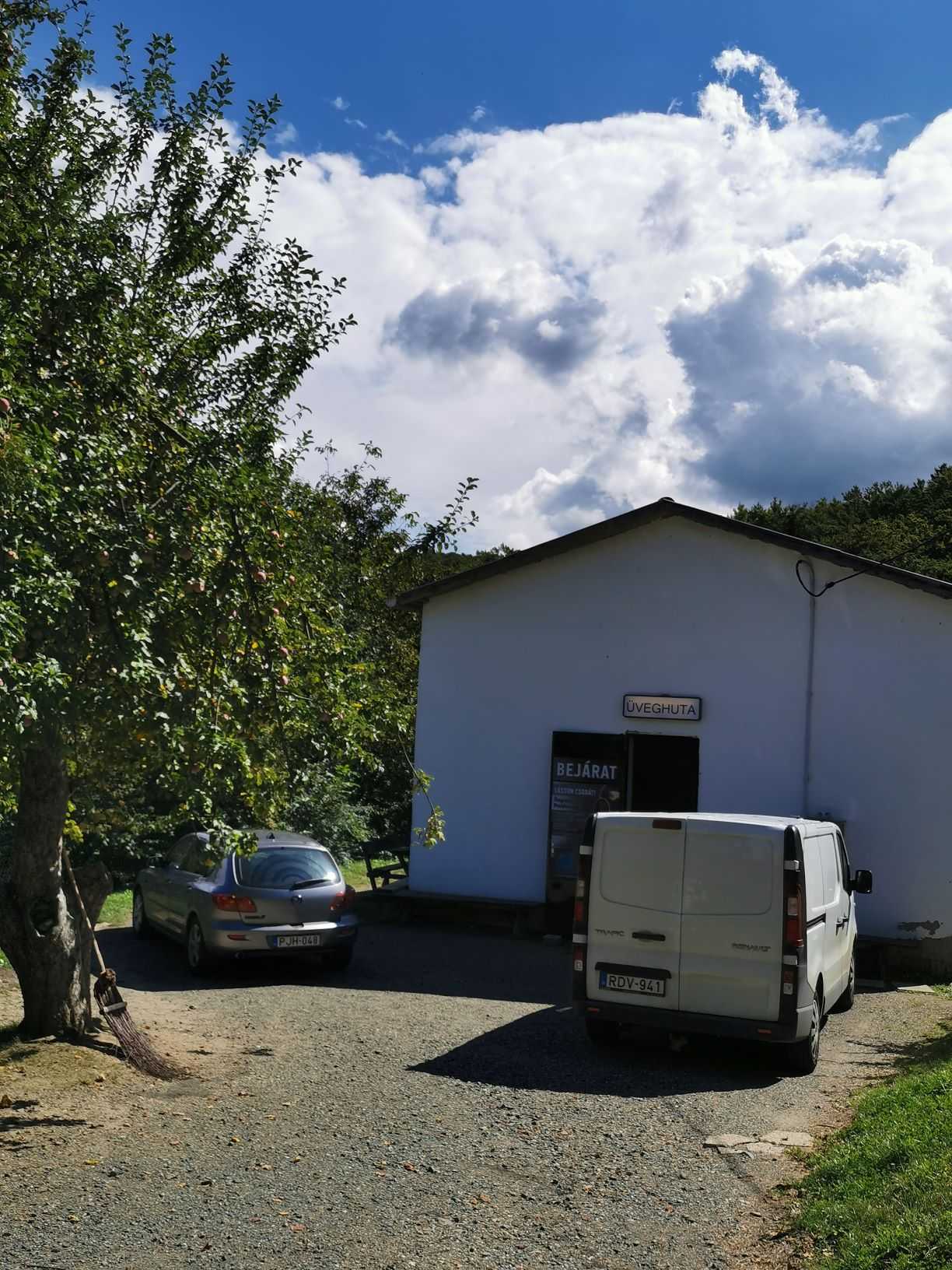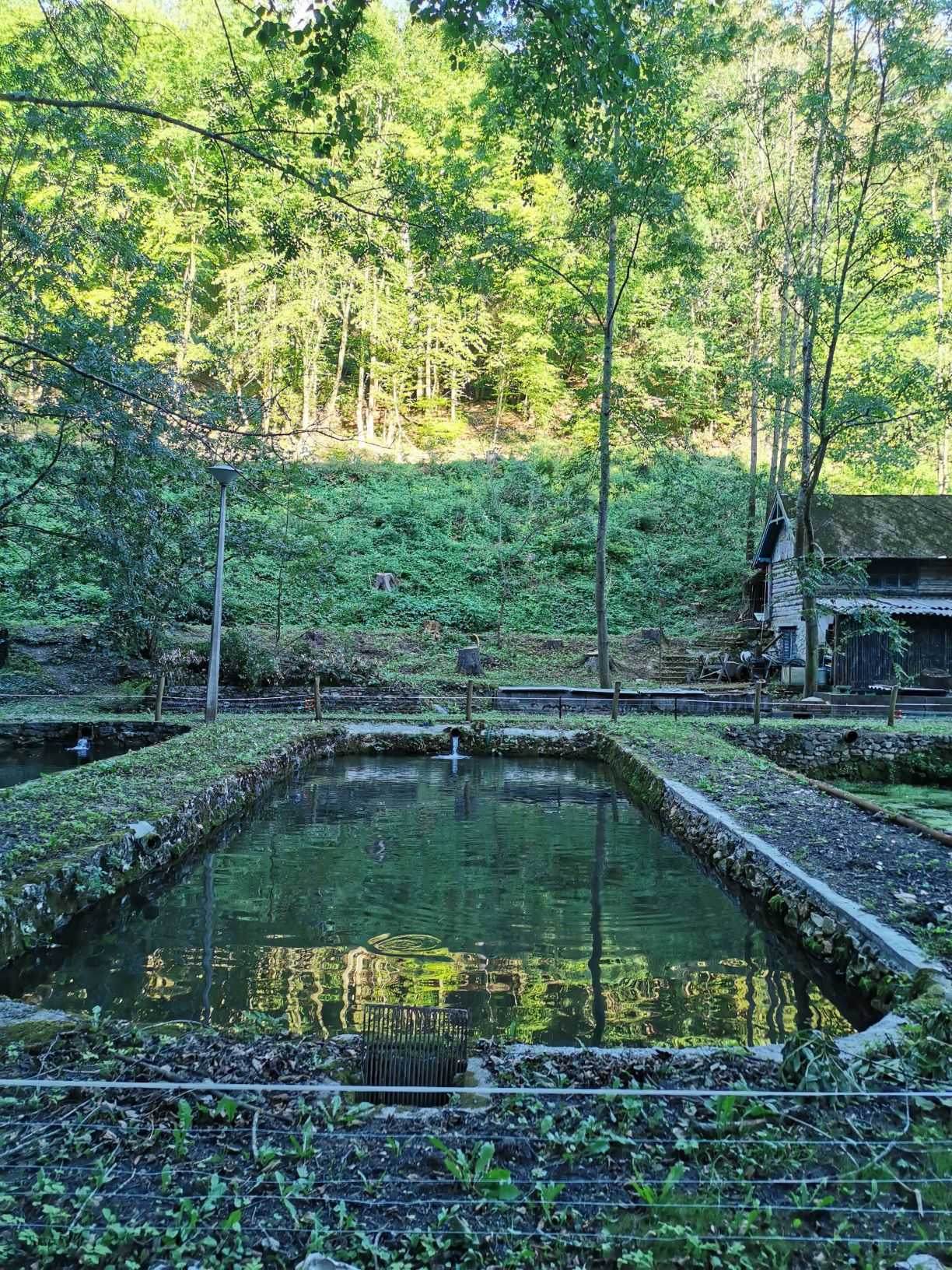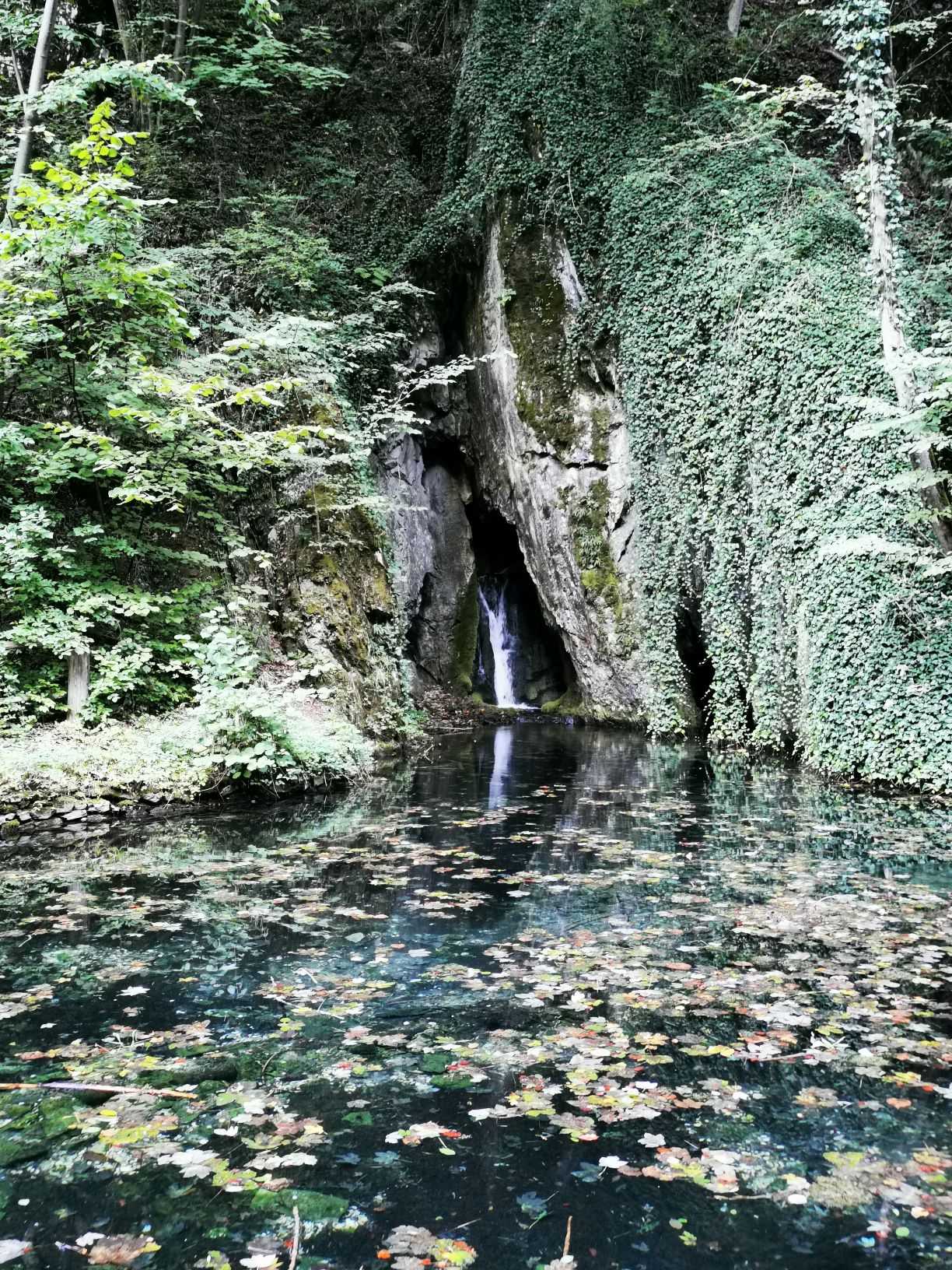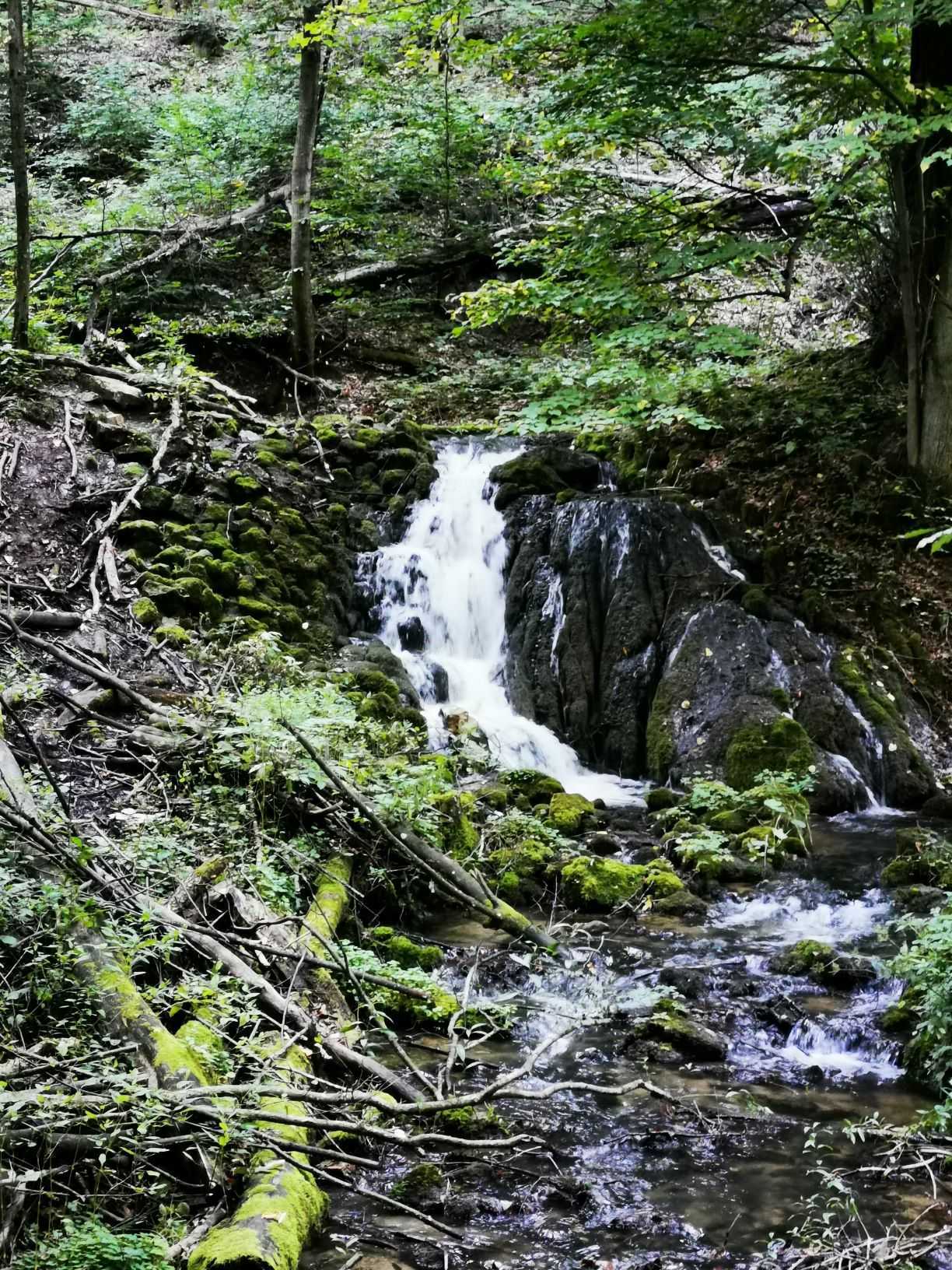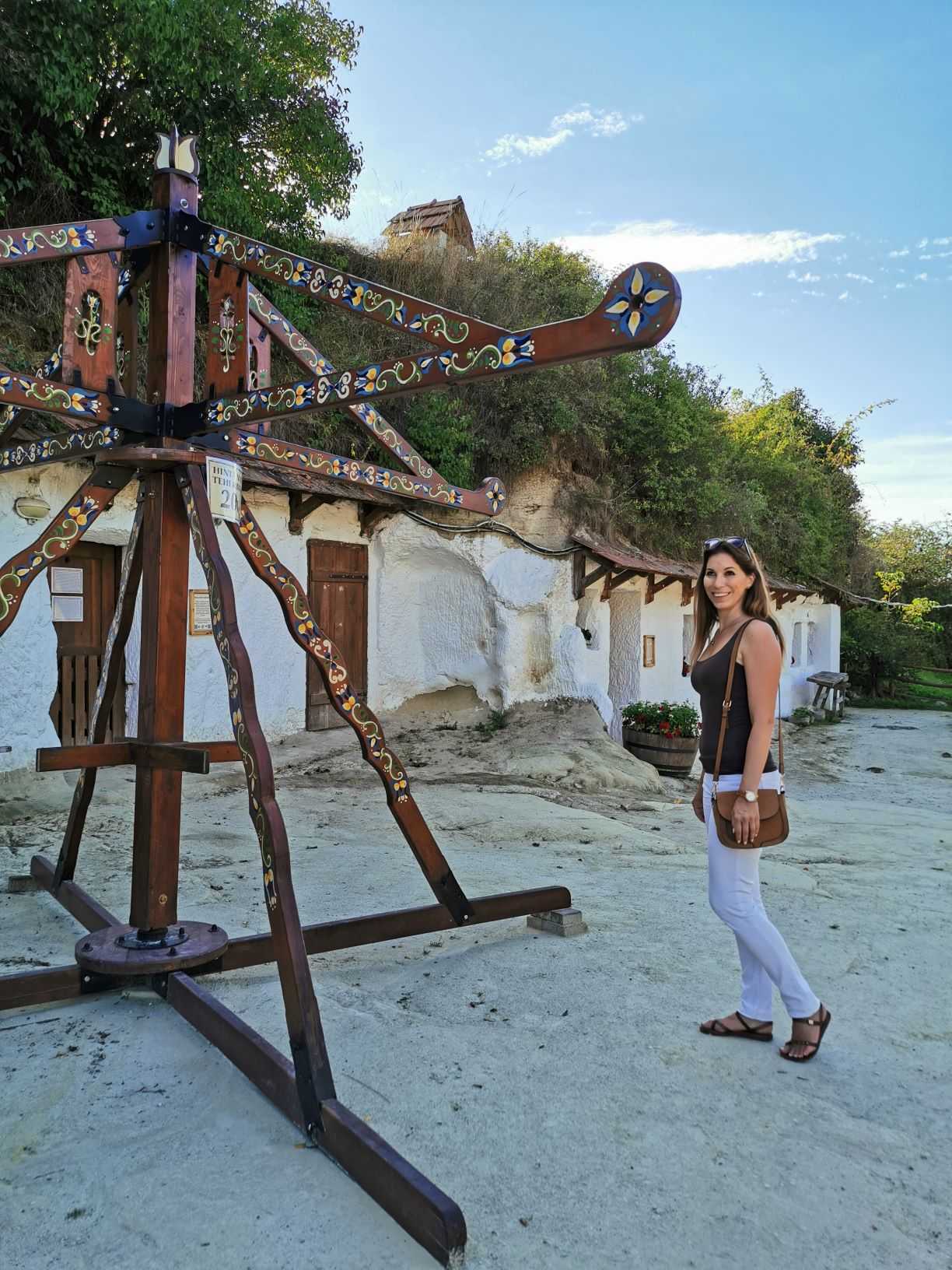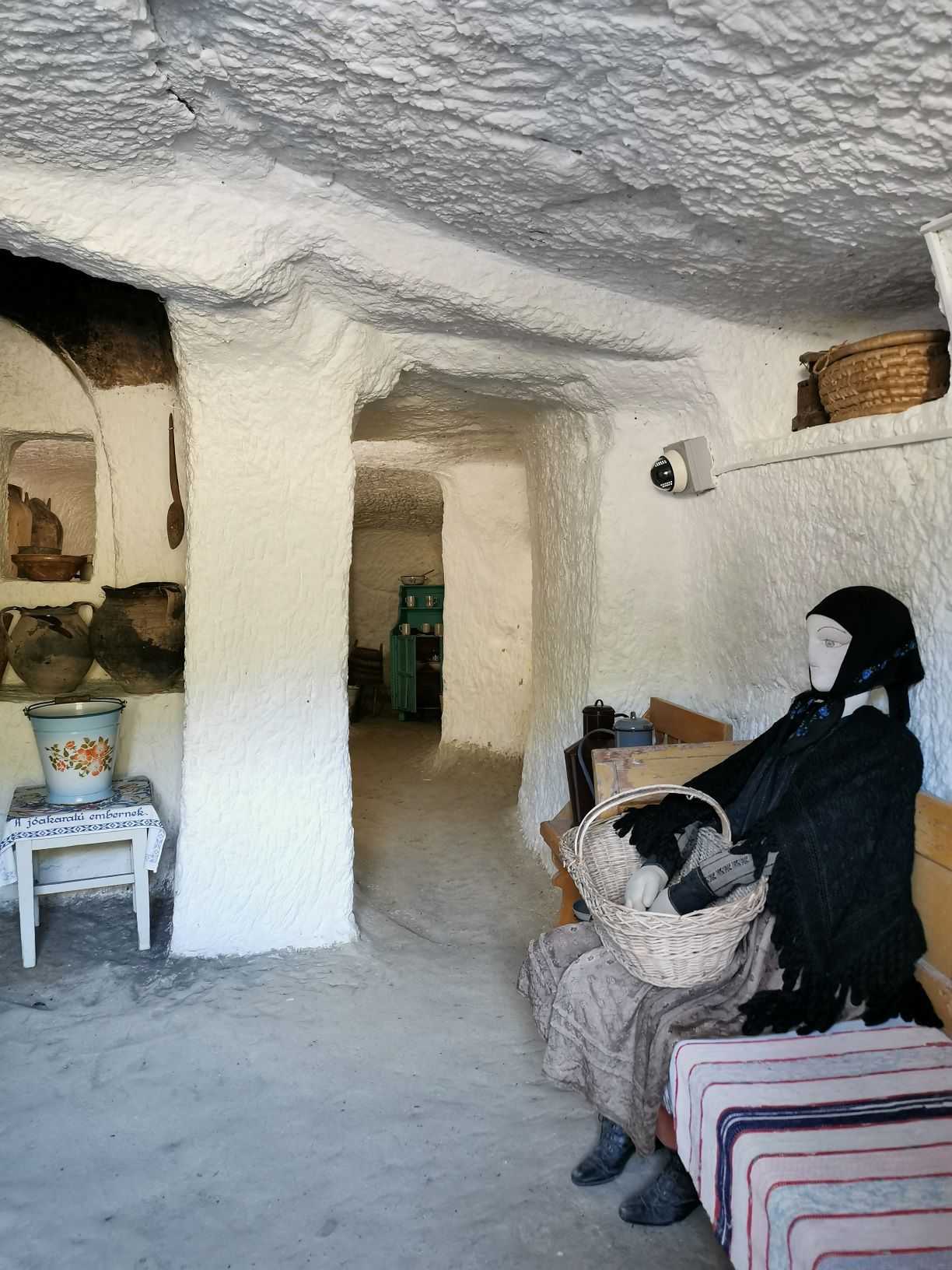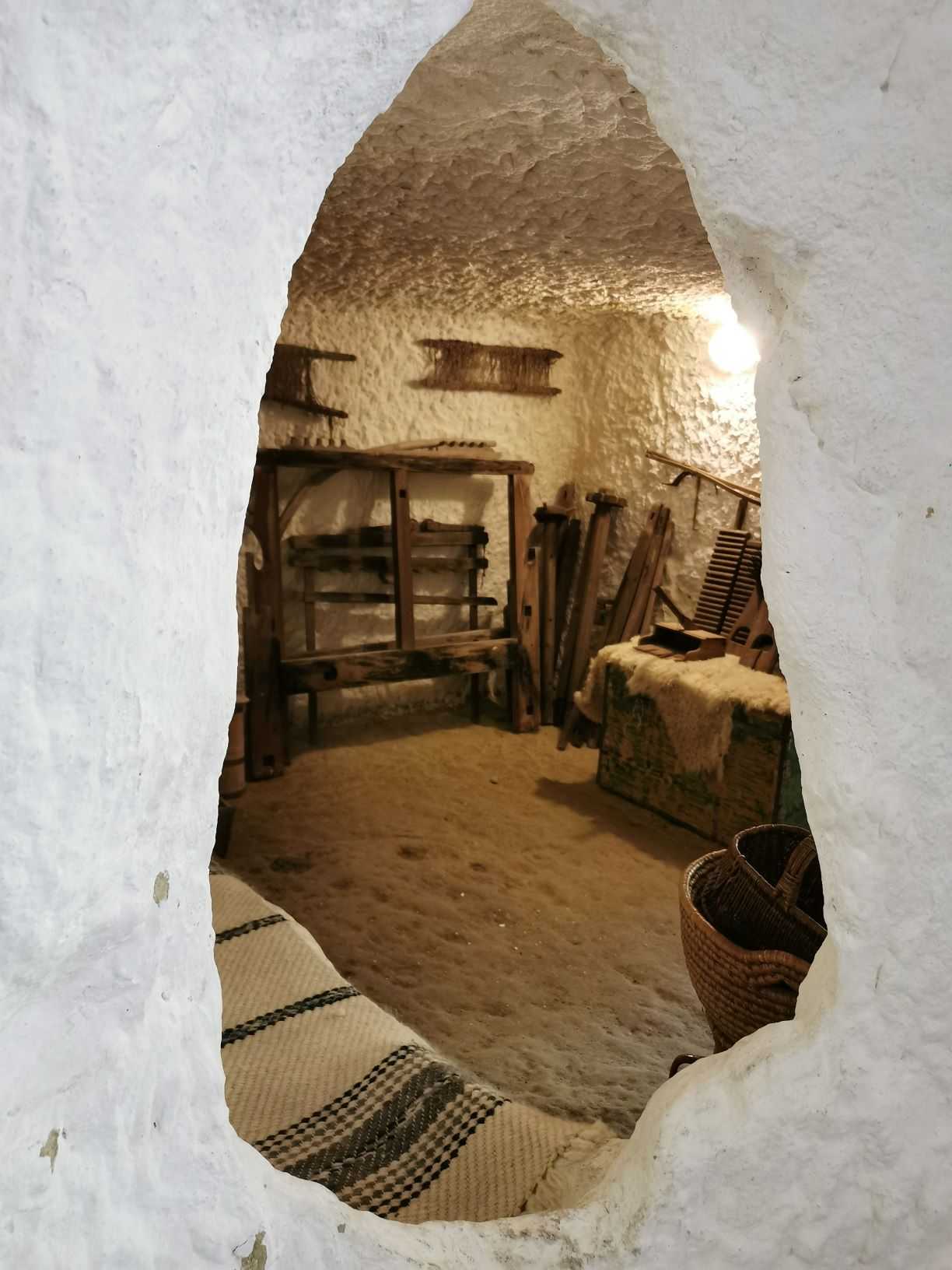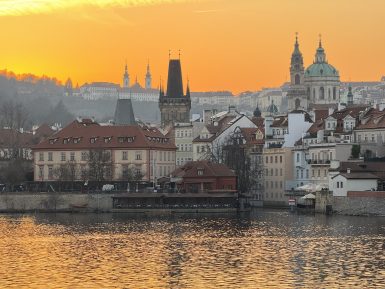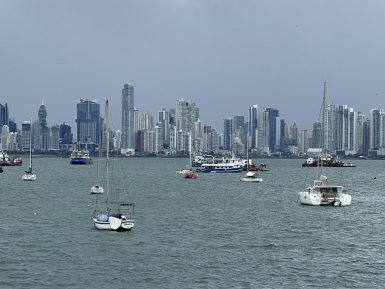Hearing the name of Heves County, most people automatically think of Eger, which is not surprising. With its legendary “Turkish beater” castle, cobbled streets and charming downtown, the city immediately and guaranteed to steal into the hearts of all visitors. But what if we’ve already looked at everything in Eger and want to explore its surroundings? I’ve just picked my favorite places into a bouquet, from which you can choose, depending on your interest whether you feel like hiking, getting close to history or taking breathtaking panoramas.
Cistercian Abbey of Bélapátfalva
The church, which hides deep in the forest, is a strange spot of Hungarian pilgrimage sites. It is the only medieval abbey of the existing 20 that has survived the storms of history and can still be seen in its original form today. In 1232, the Cistercian order was granted permission to establish an abbey and construction work of it was completed after the Mongol invasion. The 3-ship church features late Romanesque, Gothic and Baroque styles and is as impressive from outside as it is from inside. Here you can find the oldest church organ of the country, but the windows through which light flows into the main ship, as well as the pulpit decorated with biblical scenes, are also remarkable.
Today, the Abbey of Bélapátfalva is not only one of the most important medieval monuments, but also a living religious site: a popular venue for weddings, ceremonies and concerts. The last time the building was renovated was in 1964, during which a water pipe from 800 years ago was found nearby. The spring can still be seen today in the grassy area next to the church, and you can fill up your bottle with water here.
De la Motte Castle
In the embrace of the Bükk Mountains, in the center of Noszvaj, one of the cleanest air-villages in Hungary, stands the Castle de la Motte. On castle erected between 1777 and 1778, is not so impressive from outside, although the unicorn statues at the entrance gate already suggest something interesting. Unicorn, the mythical animal was a popular coat of arms of the Hungarian nobility, but it rarely appears as an ornament of castles. There are only two places in Hungary, Castle of Hajós and Noszvaj, where you can see unicorns in this form. The interior of the building follows the French style, thanks to Colonel De la Motte, who brought this new trend from Maria Theresa’s court.
The salons give a very elegant look with period furnishing, beautiful tiled stoves and airy murals, complemented by the exhibition of the Herend Porcelain Factory. In the latter, the unicorn reappears as a character, which was once the coat of arms of the former owner, the Almásy family. In addition to the lavishly furnished castle, it is also worth visiting its park, which once housed carved wells as well as English gardens, ornate ponds and a wrought-iron sundial.
Sirok
The settlement, which stretches along the eastern border of Mátra, has been known over time as Sirokallya, Syrak, Syrok and finally Sirok. Legend has it that a king named Darnó and his only son once lived in a castle towering at the top of the hill. They didn’t talk to the people living in the valley, and no one even dares to look in their eyes. One day, a pretty girl named Tarna accidentally raised her gaze to the young prince and immediately flared with love with each other. The old king, when he heard the news about the romance, banished his son into a new world. He later regretted this action and recalled him, who, of course, immediately went to see his sweetheart. Unfortunately, he was late. The girl has died and had just stumbled upon the procession of carrying her coffin in the village. The boy fell on his sword in sorrow, and the tragic fate of the young couple was mourned by the whole village. They were buried together, in a place to at least be each other in death. The legend says this is how the village at the junction of the Rivers Darnó and Tarna has been called Sirok (it means crying in Hungary).
The most famous sight of the village is the castle on the 294-meter-high Castle Hill, which immediately mesmerized all those passing by with its wild-novel surroundings. The 13th-century castle, built on the volcanic mountain, played an important role in the defense against the Turks. The Castle of Sirok finally fell without a fight in 1596 and got into Turkish hands for 100 years. The exhibition from this time is preserved well by the walls of the castle, as well as the major stations of its history. From the top of the ruins, which are currently under reconstruction, you can enjoy fantastic views of the surrounding mountains and valleys. It is also worth looking for Apáca and Barát Rocks, which are referred to as idol stones. According to legends, pagan ceremonies were held on the flat rock near them, on the Turkish table before Christianity, hence the name idol stone come from.
Cave Homes of Noszvaj
Noszvaj is the island of peace and quiet thanks to its excellent location. Its fairytale lakes and forest houses have been popular tourist attractions for years, but the settlement also hosts other special homes. On the border of Noszvaj’s settlement, in the soft liparite, you can find about 70 cave homes in which mainly poorer families lived. From the 19th century onwards, this form of housing was widespread and by the end of the 20th century several generations had grown up between the white rock walls. One of the last cavemen was Ibolya, who was born here and lived here until 2005.
You can still meet her at the venue today as a ticket-taker. She said her heart pulls her back here. It’s worth talking to her, because she can tell you a lot of interesting things about the world of these apartments and what life used to be like here. Noszvaj Cave Homes are now mainly used for art purposes and are a frequent site of creative art camps. Many of the installations have come under the hands of the artists here, which can be explored as visitors inside the apartments.
A little bit of Pamukkale
Hearing the names of Egerszalók, most people think of the salt hill and the wellness spas. In fact, it is not a natural formation of salt, but a spectacular tufa terrace, which was carved out of the limestone by thermal water at 65-68 °C coming to surface from the depths. In 1961, a well was drilled in Egerszalók in search of oil, but water broke out from the depths instead of oil. The thermal water, which is extremely rich in natural elements, has created a wall of limestone tats, which is a rarity in the world and can be seen today next to the thermal bath for free. A similar formation to Egerszalók can be seen in Pamukkale, Turkey, which is a UNESCO World Heritage Site. But there is a similar lime tufa formation in the US Yellowstone National Park. The Hungarian “salt hill” is under local protection and unfortunately has seemed to be going to ruin soon.
Kékes Hill
Although it is a little further away from Eger, but if you are already roaming Heves County, it is worth detouring to the highest peak of Hungary, Kékes Hill. The 1014-meter peak is topped by a 176-meter-high TV tower, which was handed over in 1981. You can find a panoramic terrace on the 3rd floor and in clear weather, it provides a limitless experience for everyone. If the view alone would not be enough, let’s have a coffee in the café on the second floor. After all, consuming a cup of coffee at the highest point of our country, above the clouds, doesn’t come every day, does it?
Treasures of Parád
Parád and Parádsasvár have several special attractions. Here you can find the famous Cifra stable, which preserves the memories of the Hungarian coaches. The five exhibition halls, from the production process of coaches to the usage of these vehicles until the 19th and 20th centuries, give an extraordinarily rich insight into the everyday life of a today unknown world. Hunting carts, cabs and hansoms, ornamental carriages and coachman cabs are among the exhibited pieces. When I was there, the museum was closed due to a power outage, but I was in the museum during a school class trip. And if, 20 years from now, I say the exhibition is good, believe me, it’s really worth visiting.
Another specialty, the art of glassblowing, can be seen in the manufactory in Parádsasvár, an activity that has a history of 300 years. During the guided tour, in a glowing oven, you can see how crystal miracles get out of the hands of the masters. In fact, with a little skill, you can even make your own glass artifacts. As the guided tour is very popular and the number of places is limited, you are advised to reserve places online before arrival.
Bél-kő Hill
One of the most special mountain attractions of Bükk can be reached from the settlement, Bélapátfalva. The village was famous for its cement production, for which limestone was mined from the nearby Bél-kő mountain for about 100 years. The factory closed in 2001 and with it, the extraction ceased, but traces of the mountain mining have been preserved to this day.
The 6.5 km long trail leads from the village to the cut-in-half mountain through 7 stations. From an 815-meter high lookout point accessible by a steep hike, the barren rock platform shows a big contrast to the green valleys behind it. I couldn’t decide whether I should be sad because of the natural damage or rather I should be glad that nature finally gave back the mountain. However, the tour was a very special experience for me. If you are in the vicinity of Bélapátfalva, I can only recommend climbing up the mountain as part of a half-day tour. You won’t regret it, the view is amazing from above.
Szalajka Valley
The Szalajka Valley in Szilvásvárad, one of the most popular hiking places in Hungary, can provide plenty of programs for the family up to a whole day. The special-sounding place was named after sal alcali, or salt volatile. The main source of income for the people living here was potash burning, after which salt volatile remained as an end-product. But they also dealt with logging, iron ore processing and tile production. The picturesque valley is split in two by a small forest train established in 1908, which initially served to move wood materials, and today it serves tourism purposes to the delight of visitors. It’s worth going for a ride to trout lakes or even the Gloriett Clearing, because at an altitude of 850 meters you can’t often travel by train in Hungary. While travelling in open carriages, you can sniff the sight and smell of untouched forests.
Szalajka Valley is fed by many karst springs, which are embodied in lakes with clear water or waterfalls. The best known of them is the 17-meter-high Fátyol or Veil Waterfall, which, with its cascading rapids, has a special conservation value in addition to aesthetics. Although smaller in size, it is also worth admiring the Rock Spring, which is an eye-catching sight with its turquoise pond. Speaking of waters, Szalajka River is the home of brown trouts. In order to propagate the native species and its rainbow companion, the river bed was expanded in several places and artificial ponds were created. Trout farming in the Szalajka Valley has more than 100 years of history and if you are there, it is worth tasting either its smoked, grilled or in various prepared forms.
Istállós-kő Cave
If you are interested in history in addition to natural values, make sure to visit one of the most important archaeological sites in Hungary, the Istállós-kő Cave, better known as the Cave of Cavemen. With a short but steep hike from the Gloriett Clearing you can reach the mouth of the 45-meter-deep cave, from which paleolithic artifacts from the age of 35,000 to 40,000 years old, such as human skulls, bone-made jewelry, and the remains of Ice Age (e.g. woolly mammoth, cave lion) have been recovered. In addition to the above, the Szalajka Valley offers visitors another specialty, the Lipica horses. Horse breeding on the Bükk Plateau flourished even in the Roman era, but the relocation of this special mountainous horse stud to Szilvásvárad began in the 1950s for gene preservation. The stud now consists of more than 260 horses.
Cave Homes of Egerszalók
The Bükkalja region, which runs from the Tarna Valley to Miskolc, is covered almost all the time with a soft layer of tufa stone, which is extremely easy to shape. Like the Cave Homes in Noszvaj mentioned above, you can meet these special homes in Egerszalók too. The apartments believed to have been created in the 17th and 18th centuries, were carved into the liparite tufa and were most of them lived by stone-carving families.
There are a total of 33 cave homes in Egerszalók, six of which are fully furnished. The layout of the apartments follows a similar principle: a kitchen with an open chimney, a hovel, a smaller living room, and inside are the animal kennels that were worth more (e.g. cows). By walking through the cave homes, you can be part of a fantastic time travel, which is worth fitting in your program near Egerszalók.
